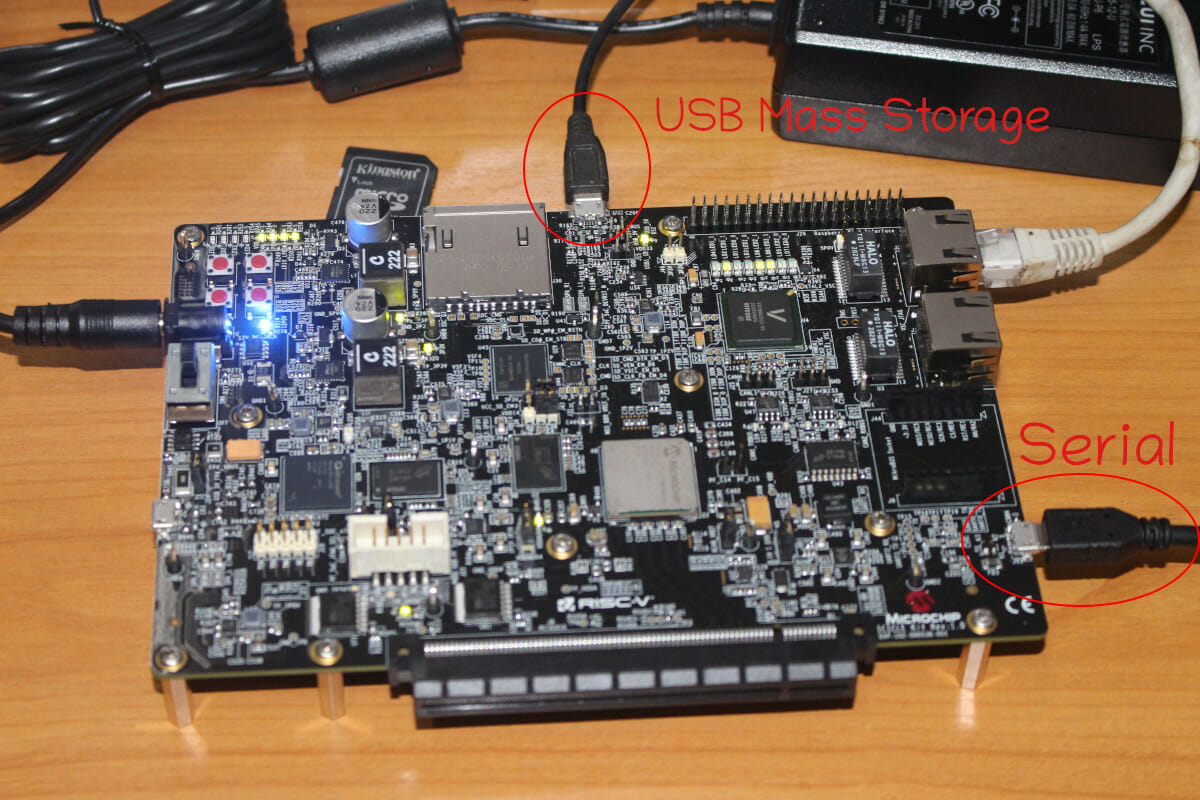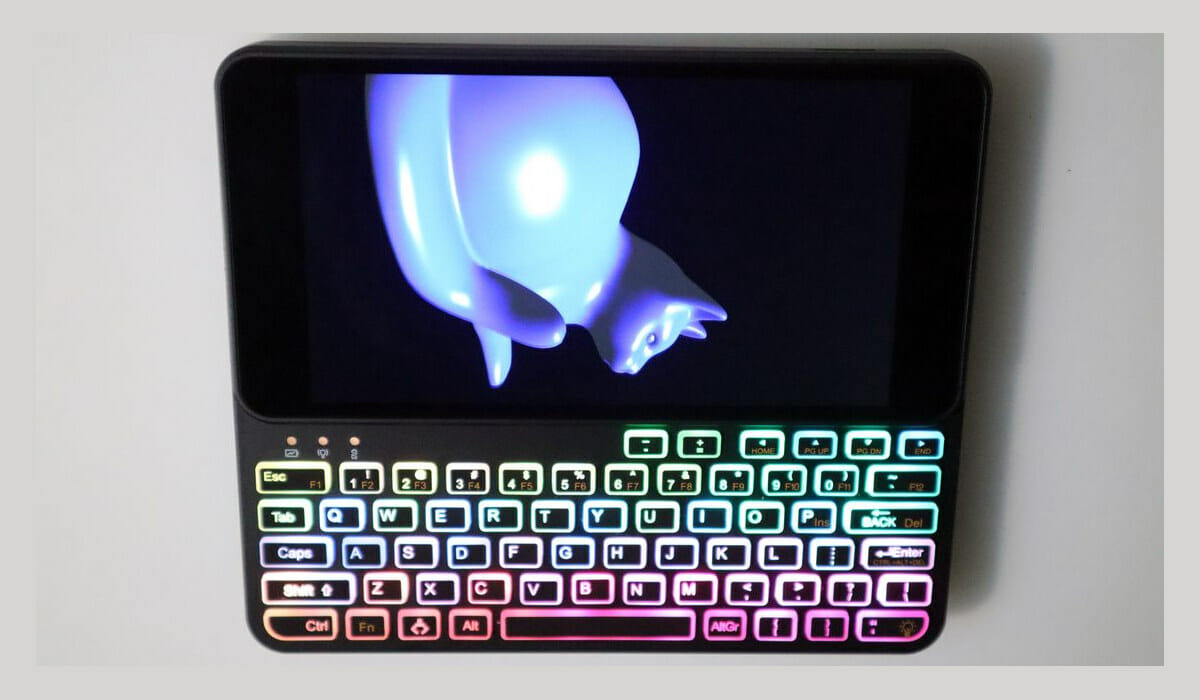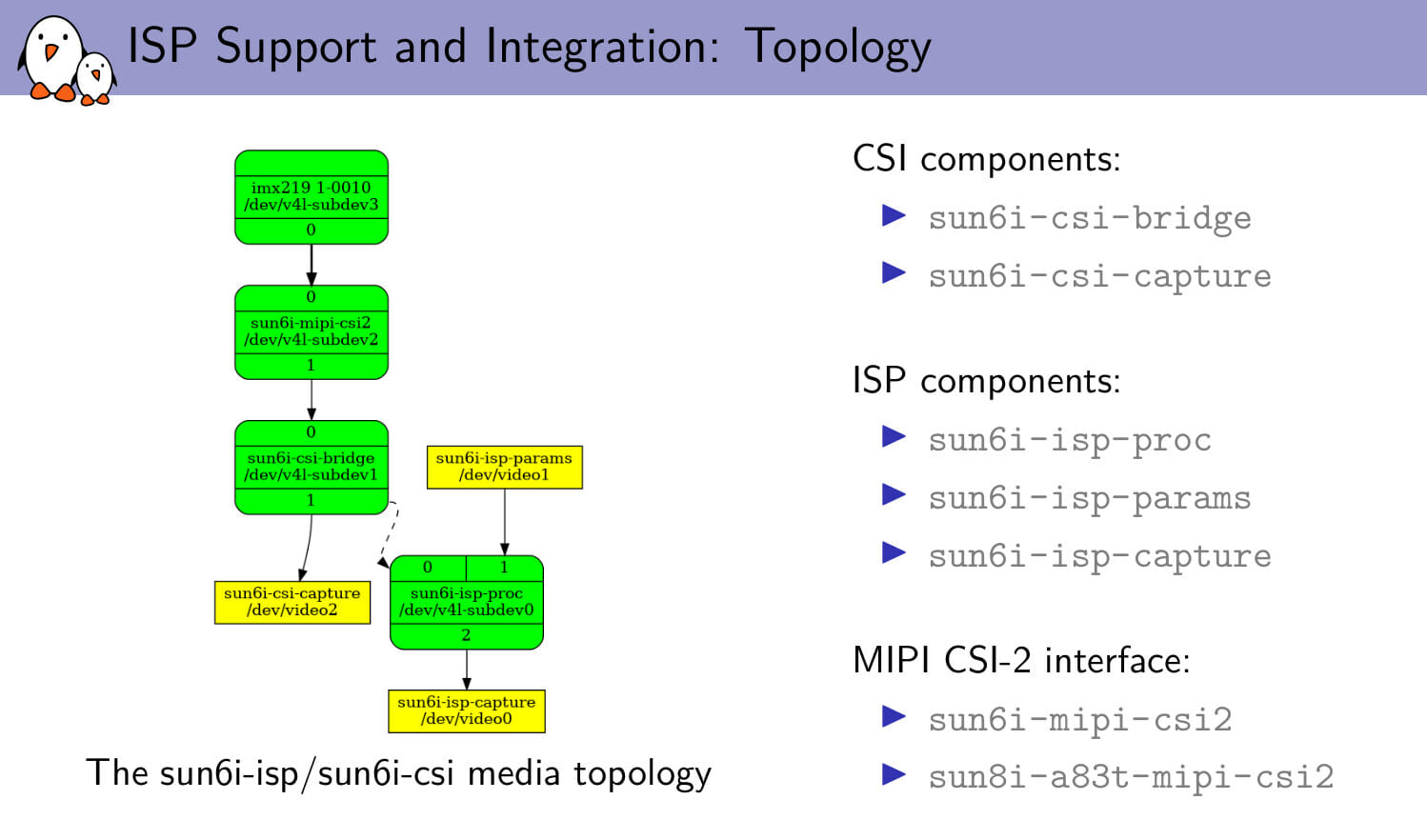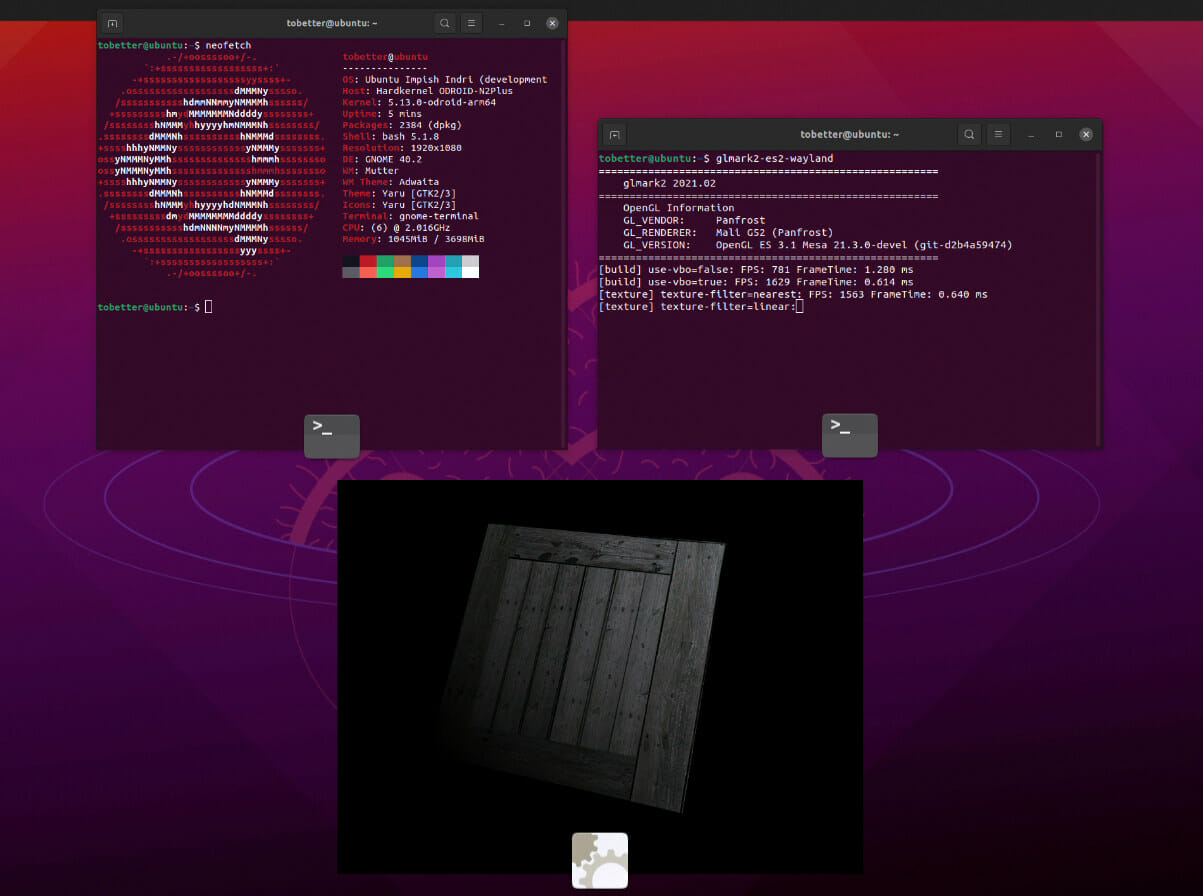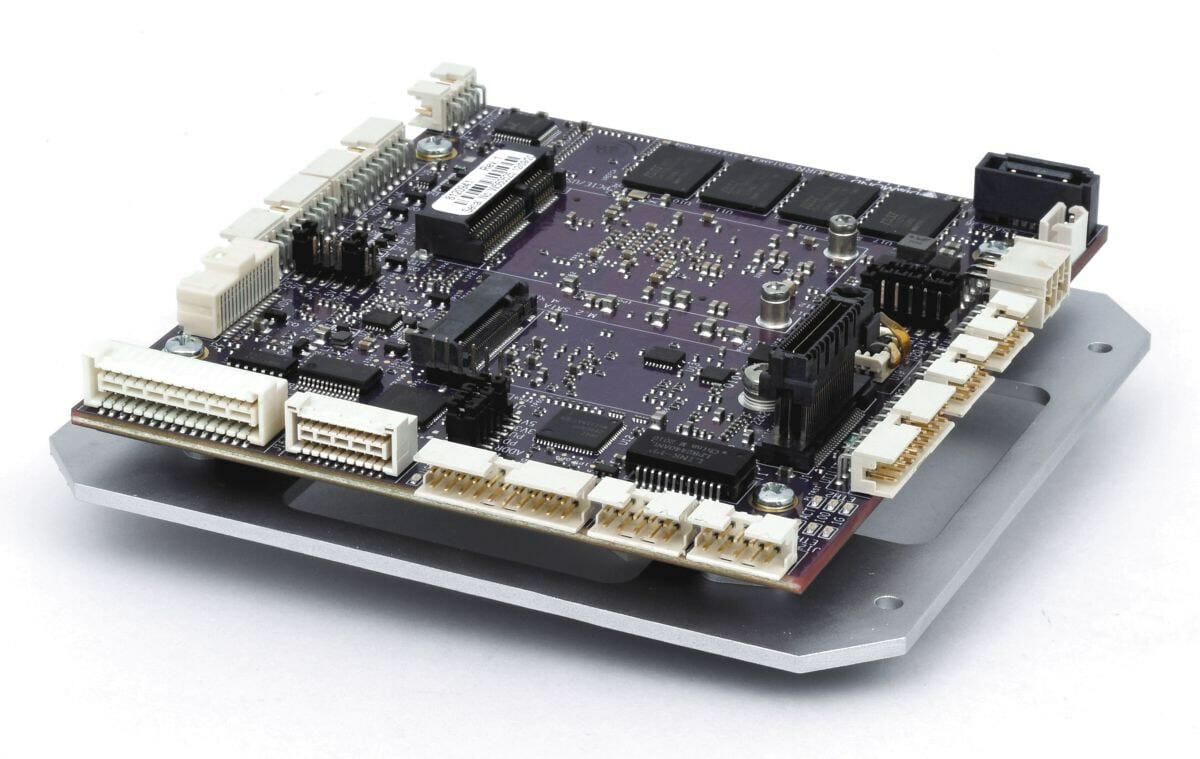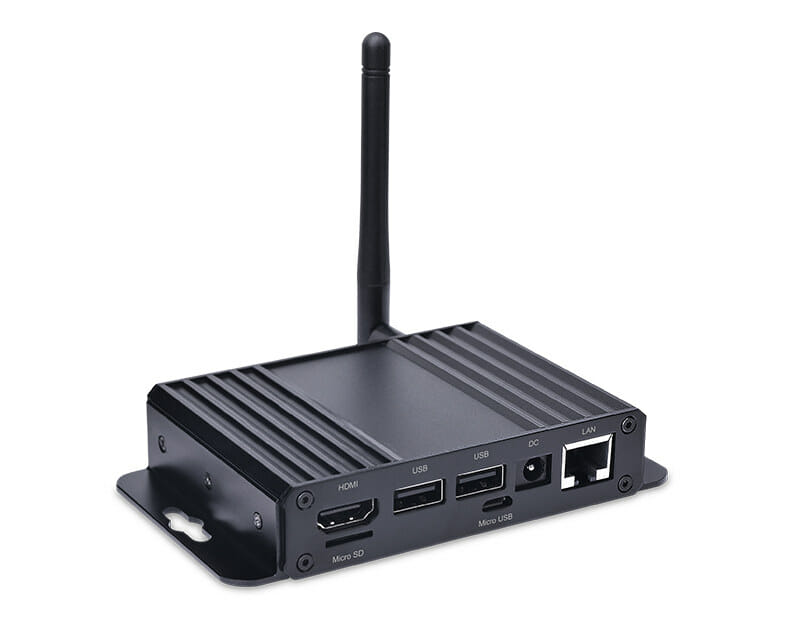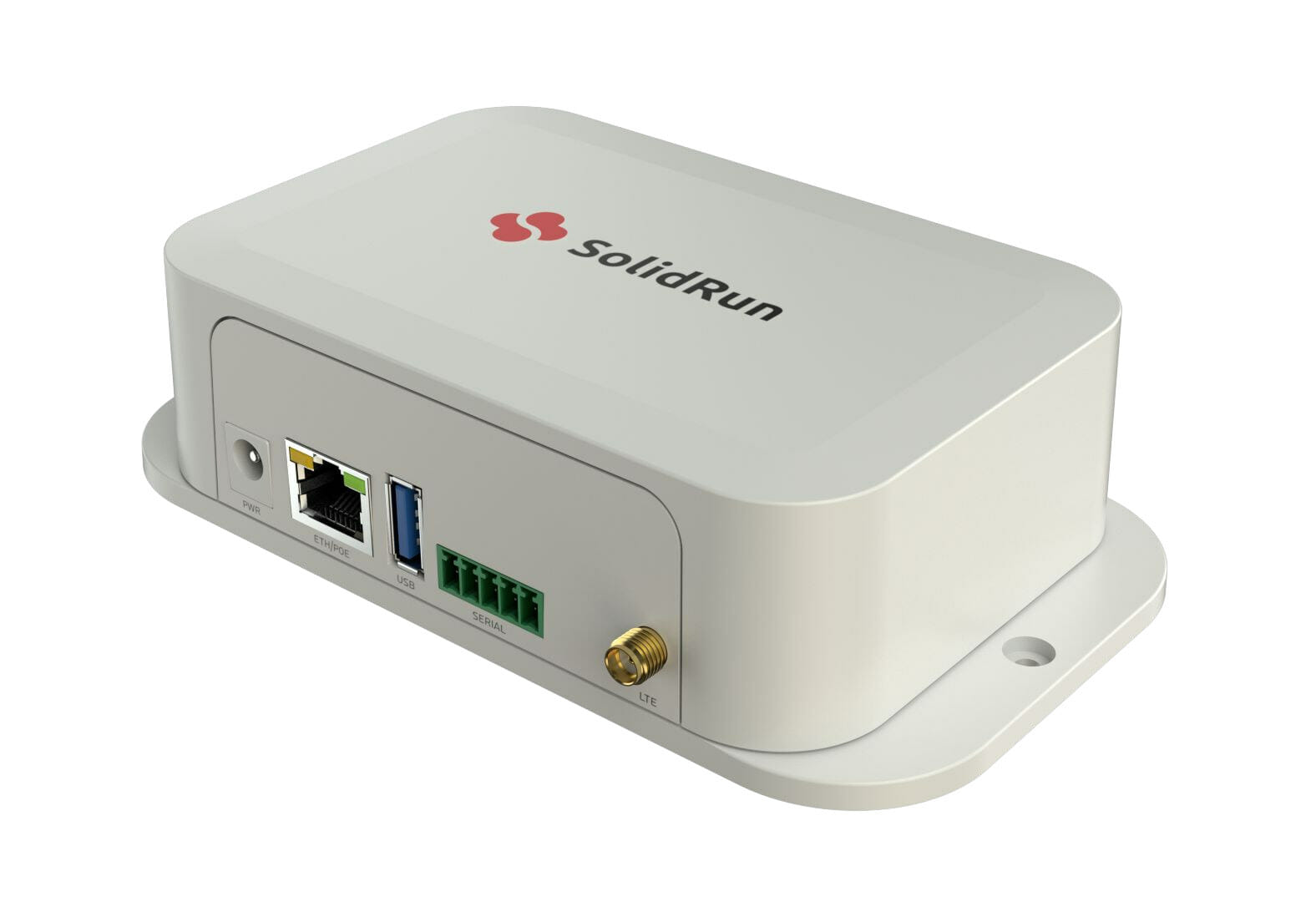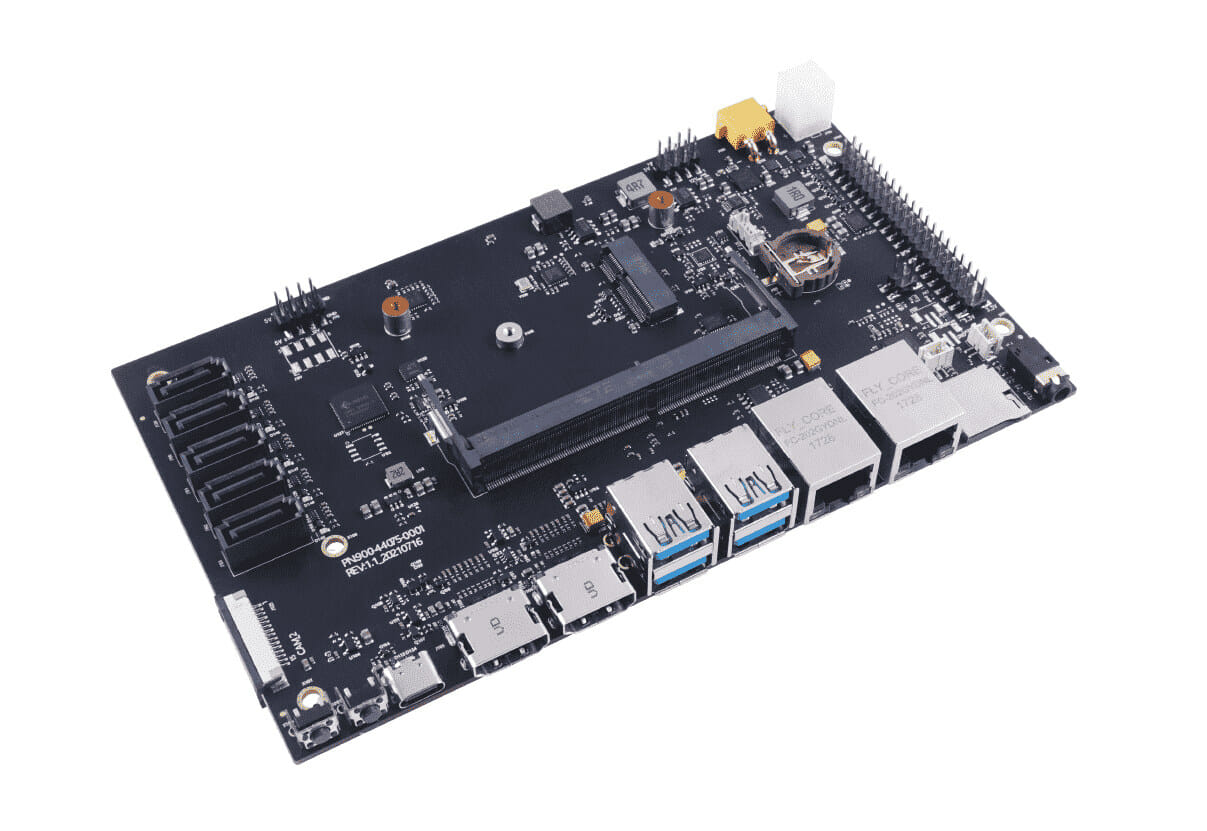Last month I received Microchip PolarFire SoC FPGA Icicle development kit that features PolarFire SoC FPGA with a Penta–core 64-bit RISC-V CPU subsystem and an FPGA with 254K LE, and booted it into the pre-installed Linux operating systems based on OpenEmbedded. Today, I’ll show how to get started with the Yocto BSP and run the EEMBC CoreMark benchmark, and I’ll check out the FPGA with Libero SoC Design Suite in a couple of weeks. Operating Systems supported by PolarFire SoC FPGA My initial idea was to focus this part of the review on Linux on RISC-V status, checking some system information, running some benchmarks (e.g. SBC-Bench), compiling the Linux kernel, and installing services like a LEMP stack (Linux, Nginx (pronounced Engine-X), MySQL, PHP) which could be used for WordPress hosting for instance. But then I looked at the operating systems supported with Microchip PolarFire SoC FPGA. There’s a Yocto Linux […]
Pocket P.C. devkits ship, U-blox GNSS module replaced by SIMCom SIM33ELA
The Pocket P.C. (aka Popcorn Computer) is a handheld Linux computer based on Allwinner A64 with 2GB RAM, 32GB storage, a 4.95-inch Full HD display, and a QWERTY keyboard that was introduced in 2019, and reminds me of PocketCHIP from a few years also with an Allwinner processor, a display, a keyboard, and a battery. The initial plan was to start shipping the device by May 2020, and there are been delays for reasons we’ll explain below, but the good news is that Source Parts has just announced the developer units had been shipped. So what happened exactly, besides the COVID-19 pandemic, government lockdowns, and supply chain disruptions? Source Parts first encountered issues with the quality of PCBs delivered by the manufacturer, which ended up with them having to switch to a new manufacturer. Getting the display to work was also a challenge, and Icenowy, a developer involved with linux-sunxi […]
Open-source Allwinner V3 ISP driver to enable blob-free camera support in mainline Linux
Bootlin has just submitted the first patchset for the Allwinner V3 image signal processor (ISP) driver in mainline Linux which should pave the way for a completely open-source, blob-free camera support in Linux using V4L2. There are several blocks in an SoC for camera support including a camera input interface such as MIPI CSI 2 and an ISP to process the raw data into a usable image. Add to this the need to implement the code for sensors, and there’s quite a lot of work to get it all working. Allwinner SDK comes with several binary blobs, aka closed-source binary, but Bootlin is working on making those obsolete, having first worked on Allwinner A31, V3s/V3/S3, and A83T MIPI CSI-2 support for the camera interface driver in the V4L2 framework (and Rockchip PX30, RK1808, RK3128 and RK3288 processors), as well as implemented support for Omnivision OV8865 and OV5648 image sensors earlier […]
ODROID-N2+ SBC gets Ubuntu 21.10, Chromium OS with Panfrost open-source GPU driver
Panfrost open-source driver for Arm Mali Bifrost and Midgard GPUs has come a long way, and Hardkernel’s ODROID-N2+ board now supports Ubuntu 21.10 and Chromium OS with 3D graphics acceleration through the Panfrost driver. As a reminder, ODROID-N2+ is a single board computer powered by an Amlogic S922X Rev.C processor clocked at 2.4GHz with an Arm Mali-G52 GPU, with up to 4GB RAM, and which comes with HDMI 2.0, Gigabit Ethernet, four USB 3.0 ports, plus a GPIO header. ODROID-N2+ with Ubuntu 21.10 + Panfrost Ubuntu 21.10 Impish Indiri is supposed to be released on October 14, 2021 together with Gnome 40, but Hardkernel released a development version as early as August, with Linux 5.14 and Panfrost GPU acceleration as you can see from the screenshot above. The Ubuntu 21.10 image for ODROID-N2+ and the earlier ODROID-N2 SBC cannot be found in the Wiki just yet, but should be there […]
Data acquisition SBC offers PCIe/104 and mPCIe expansions
DIamond Systems’ Saturn is a rugged Intel Atom x5-E3940 powered SBC with an industrial analog and digital data acquisition subsystem, as well as PCIe/104 OneBank and mini PCIe sockets for I/O expansion. The Saturn SBC is also equipped with either 4GB non-ECC or 8GB ECC RAM, SATA, two Gigabit Ethernet networking interfaces, two HDMI video outputs, multiple USB and serial interfaces, and more… most available through positive latching connectors that comply with the PCIe/104 standard, which also allows for stacking multiple expansion boards through the PCIe/104 Onebank connectors. Saturn SBC specifications: SoC – Intel Atom x5-E3940 quad-core Apollo Lake processor @ up to 1.6GHz / 1.8 GHz (burst with 15-year lifecycle System Memory – 4GB non-ECC or 8GB ECC RAM soldered Storage – SATA port and M.2 2242 SATA socket up to 1TB Video Output – 2x HDMI interfaces, LVDS Audio – ALC622 audio codec; Line Out, Line In, and […]
Geniatech GTW410 – An ultra compact IoT gateway based on Snapdragon 410E SoC
After writing about Azulle Ally Snapdragon 450 mini PC, I was reminded there are other small form factor Snapdragon devices such as Geniatech GTW410 based on the earlier Snapdragon 410E quad-core processor. While the GTW410 is marketed as an “Embedded IoT Gateway”, it could also serve as an entry-level industrial mini PC with up to 2GB RAM, 16GB eMMC flash, as well as HDMI, Ethernet, and USB ports. Geniatech GTW410 specifications: SoC – Qualcomm Snapdragon 410E (APQ8016) quad-core ARM Cortex A53 processor @ 1.2 GHz with Adreno 306 GPU System Memory – 1 or 2 GB LPDDR3 @ 533MHz Storage – 8 or 16 GB eMMC 5.0 flash + micro SD 3.0 (UHS-I) slot Video Output – HDMI 1.3 up to 1080p @ 30 Hz Connectivity – 10/100M Ethernet, Integrated 802.11 b/g/n, Bluetooth 4.1, GPS with on-board antenna, optional Zigbee USB – 2x USB 2.0 host ports, 1x micro USB […]
SolidSense N8 IoT Compact gateway supports Wirepas Massive
SolidRun “SolidSense N8 IoT Compact” is a Linux Edge gateway based on NXP i.MX 8M Nano Solo processor that offers Gigabit Ethernet, WiFi 5, Bluetooth 5.0, and optional 4G LTE Cat 4 & GPS connectivity, plus Wirepas Massive (previously Wirepas Mesh networking) via a module based on Nordic Semi nRF52832 wireless Cortex-M4 microcontroller. The gateway comes with 1GB RAM, 8GB storage, offers optional RS485 and CAN interfaces, and targets IoT applications such as smart metering, automation, asset tracking, safety & security, and smart buildings. SolidSense N8 IoT Compact gateway SolidSense N8 IoT Compact specifications: SoC – NXP i.MX8M Nano single core Arm Cortex A53 @ 1500MHz + Cortex M7 @ 650MHz System Memory – 1GB DDR3 Storage – 8GB eMMC flash, MIcroSD card slot Connectivity Gigabit Ethernet RJ45 port with optional PoE support 802.11 a/b/g/n/ac WiFi 5 and Bluetooth 5.0 Optional 4G LTE Cat 4 (Global) + GPS with fallback […]
NVIDIA Jetson Nano/Xavier NX carrier board offers 5 SATA, 6 CSI camera, dual GbE, and more
Leetop has introduced two carrier boards for NVIDIA Jetson Nano or Xavier NX modules, with Leetop A205 a full-featured carrier board offering five SATA ports, six MIPI CSI camera interfaces, an M.2 Key E slot, dual Gigabit Ethernet, four USB 3.0 ports, dual HDMI output and more, as well as the more compact Leetop A203 about the size of the modules themselves and offering Gigabit Ethernet, HDMI output, USB 3.0/2.0 ports, a camera interface, and an M.2 slot for optional WiFi and Bluetooth connectivity. We’ll focus on the former in this article, as it offers more features, and the smaller board provides less functionality than the NVIDIA Jetson Nano developer kit at a much higher price, although I understand it can still be useful for space-constrained applications. Leetop A205 specifications: Supported SoMs – NVIDIA Jetson Nano and Jetson Xavier NX Module Compatibility Storage – 5x SATA ports, MicroSD card slot […]


